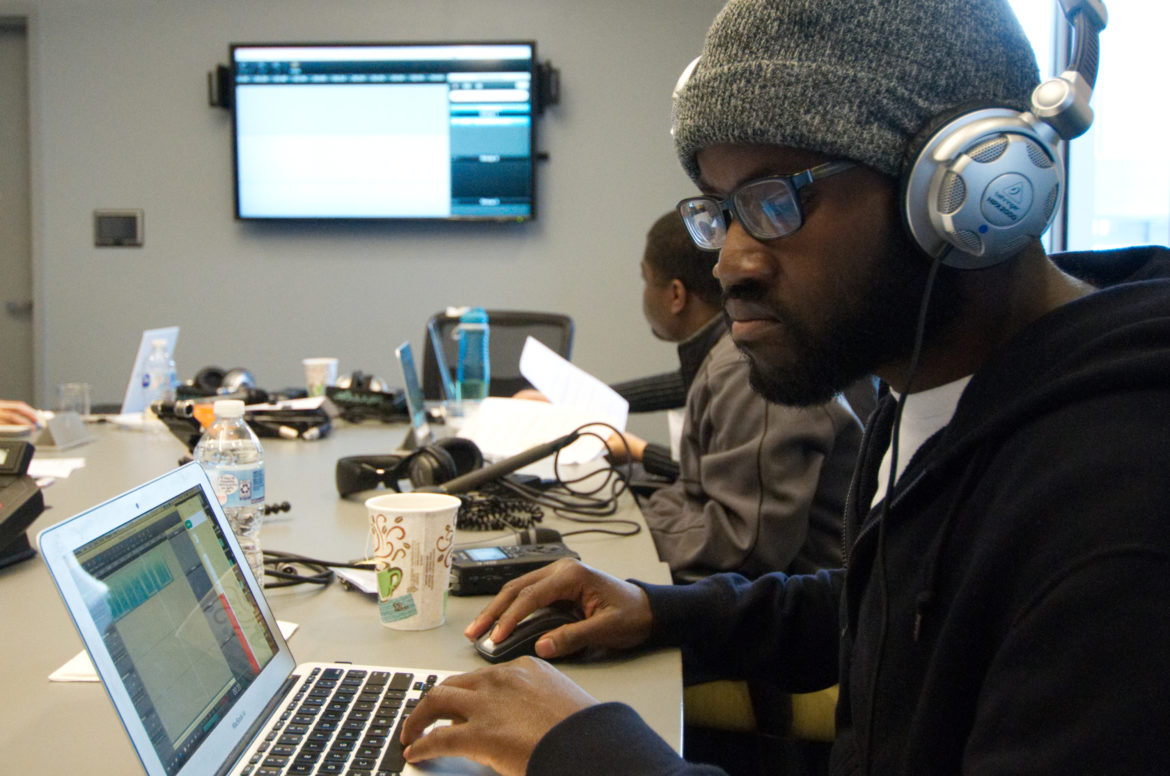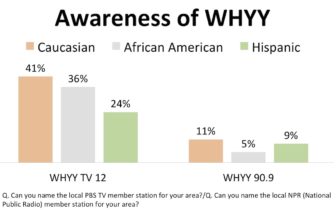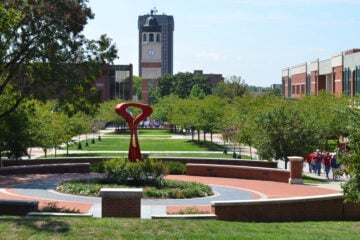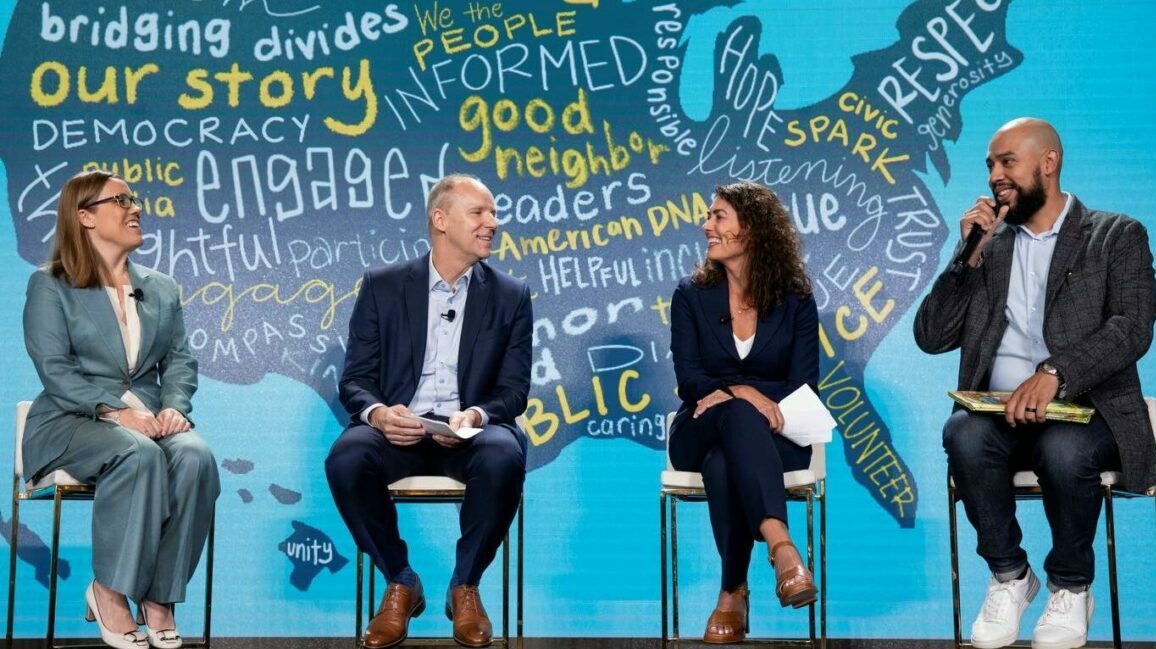WHYY efforts focus on increasing racial diversity of staff, audiences

Bastiaan Slabbers
Darryl Murphy replaced a WHYY reporter on leave this summer after participating in WHYY's audio boot camp.
CHICAGO — When WHYY in Philadelphia researched the racial diversity of its audiences, it learned it had a lot of work to do.
The station “heard pretty loud and clear” that the African-American residents it spoke with in the Greater Philadelphia area “don’t always feel welcomed,” said Elyse Poinsett, WHYY director of marketing and brand management, during a Public Media Development and Marketing Conference panel July 11. “And there are things that we’re doing unintentionally, maybe in our branding or in some of our spots that are more targeted towards our P1 audience, that felt exclusionary to people who were just getting to know us.”
WHYY’s audience research also found that African-American audiences had a low awareness of the dual licensee. The station is now undertaking several projects to better understand itself and its audiences so that it can expand its reach to people of color. It also aims to create a pipeline of journalists of color to diversify its workforce.

Clark
When journalism’s future depends on reaching and engaging new audiences, diversity is a business imperative, said Sandra Clark, WHYY’s VP of news and civic dialogue, during another PMDMC panel July 11.
Clark presented a case in point: WHYY’s staff is 7 percent black and 80 percent white, whereas the city of Philadelphia is 37.8 percent black, Clark said. WHYY 90.9 lacks a single local voice of color on air. Until recently, WHYY had no pipelines to bring people of color into full-time newsroom positions.
Though public media outlets have felt less disruption than their commercial competitors, the system still faces changing memberships and challenged business models. “We should be a lot more fearful of our industry going away than we are,” Clark said.
The station’s initiatives are intended to diversify audience, membership and staff. Another goal is “truthful journalism,” Clark said.
“You can’t get truthful journalism if you don’t have a diverse staff and if you don’t have a staff, diverse or not, that doesn’t have the muscle to recognize the cultures that we’re a part of and that are running the place,” Clark said.
Clark has developed “Creating Culturally Competent Newsrooms,” a project that received a $75,000 grant from The Lenfest Institute. It includes cultural competency trainings for staff, an audit of sources used in the station’s journalism, and audio training for local journalists outside of WHYY.
 The station also received CPB funding to research the media preferences and habits of Greater Philadelphia residents. Last year that work included an online survey completed by 1,765 respondents, follow-up online interviews with 66 respondents, and in-depth interviews with 20 African Americans and 12 Hispanics.
The station also received CPB funding to research the media preferences and habits of Greater Philadelphia residents. Last year that work included an online survey completed by 1,765 respondents, follow-up online interviews with 66 respondents, and in-depth interviews with 20 African Americans and 12 Hispanics.
The survey found that people of color lacked basic awareness of the broadcaster. Only 5 percent of African Americans said they were aware of WHYY 90.9; 24 percent of Hispanics were aware of WHYY TV.
In in-depth interviews, African-American respondents in particular said they didn’t feel that WHYY’s content represented them. Respondents who were aware of WHYY said that the station wasn’t as engaged in their communities as its commercial competitors.

American Public Media
Andrew Ramsammy, right, moderates a session on multicultural audience development at the 2018 Public Media Development and Marketing Conference in Chicago. WHYY’s Elise Poinsett is at far left.
Building relationships with audiences of color requires deep community engagement and extensive outreach, such as sending street teams to events held by other organizations, Poinsett said.
As with the many multicultural audiences underserved by public media in the past, “word-of-mouth isn’t good enough, because we’re not in their network,” Poinsett said.
Poinsett compared the disconnect between WHYY and communities of color to how Facebook algorithms put its users in information bubbles. Research showed WHYY wasn’t accessing all networks equally. That was creating “inequities,” said moderator and public media consultant Andrew Ramsammy.
“Public media always says we’re the most trusted,” Ramsammy added. “I always say, ‘“Most trusted” to who?’”
UPDATE: This story has been updated to correct a statement made by Sandra Clark. The city of Philadelphia is 37.8 percent black, according to Clark.







According to the 2010 census, the racial composition of Philadelphia was: White: 41.0% (36.9% non-Hispanic) Black or African American: 43.4% (42.2% non-Hispanic) Native American: 0.5%Jun 3, 2018